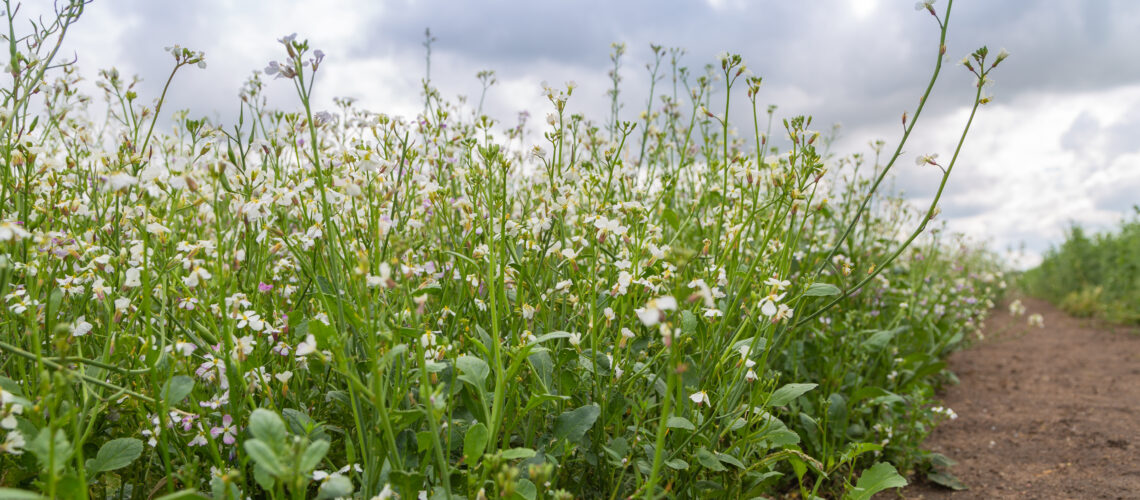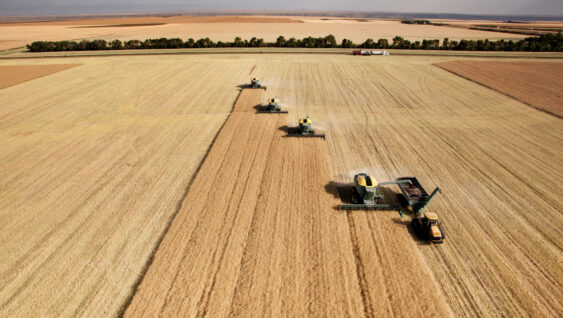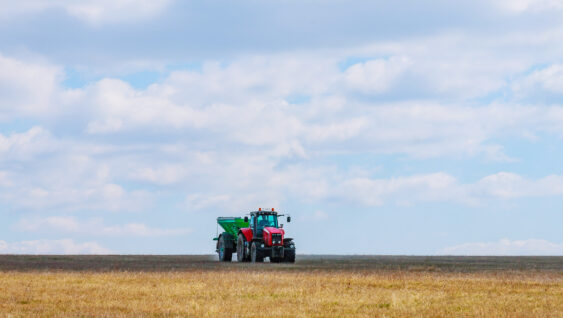Oilseed Radish Cover Crop And Nutrient Recycling – Is There A Nitrogen Credit?

University of Wisconsin extension recently published an article on nitrogen recycling from an oilseed radish cover crop to a subsequent corn crop (available here). The outcomes of their study were 1) soil nitrate concentrations were reduced significantly prior to winter dormancy when oilseed radish was utilized, and 2) the nitrogen accumulated by the oilseed radish cover crop did not get recycled to the subsequent corn crop. Interestingly, this research indicated that the carbon to nitrogen ratio of the aboveground biomass was relatively low. A low carbon to nitrogen ratio is considered to be an indicator of overall nitrogen release (or mineralization), and at least theoretically it should translate into decreased supplemental nitrogen need for the subsequent crop. This was not observed experimentally.
This is not to slight or denigrate the use of cover crops, as other benefits have been established. This research does demonstrate that if oilseed radish is utilized as a cover crop in the upper Midwest, one should not necessarily plan on a nitrogen credit. The experimental outcome of this project matches with several other studies in the Midwest/upper Midwest that have evaluated non-legumes as cover crops. The final question asked by the researchers who published this project is, what happened to the nitrogen that was captured? It did not seem to become available for the subsequent crop.
The final caution here is that this experimental outcome may not necessarily apply broadly to the North American continent, though other studies have produced similar results. If you want to know how cover crops impact your operation in your geography, make sure you seek out local information.


